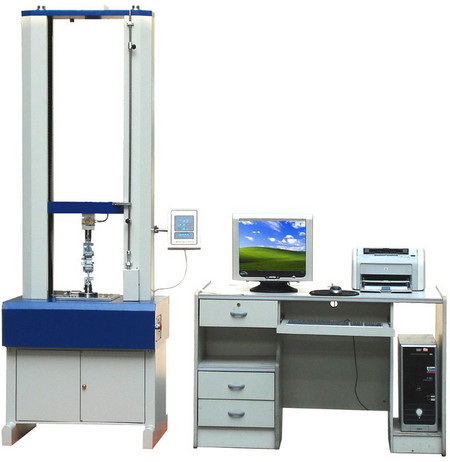- Qinsun Instruments Co., Ltd.
- Tell:+86-21-6780 0179
- Phone:+86-17740808215
- Address:No. 2578 Minhang District Gu Dai Road, Shanghai
- Contact:Mr. Li
- QQ:846490659
Errors in physical and chemical experiments

The main sources of system errors are as follows:
1. Method error:
Method error refers to the error caused by the physical and chemical testing and analysis methods themselves, which is inevitable and often results in low or high test results. For example, when conducting weight analysis in physical and chemical tests, the dissolution of precipitates can easily lead to errors; During the titration process, there was no complete reaction, or side reactions occurred due to a mismatch between the titration endpoint and the measurement point; High temperature inspection resulted in the volatilization of certain volatile substances.
2. Instrument error:
Instrument error is mainly caused by inaccurate instruments, such as inaccurate division of instrument dials or inaccurate zero points, which can lead to smaller or larger test results. This type of error is a constant value; If the electronic balance is not calibrated after being used for a long time, there will inevitably be weighing errors; Glass measuring instruments that have not undergone quality and scale inspections, and are purchased from suppliers for use, can cause instrument errors.
3. Reagent error:
Reagent errors are mainly caused by impure reagents or inability to meet experimental requirements, such as impurities in the reagents used in physical and chemical testing, interference substances in distilled water or reagents that can affect the test results, or changes in reagents caused by storage or operating environments, all of which can cause reagent errors.
Random error
Repeatedly measuring the same object under the same operating conditions can to some extent avoid the occurrence of systematic errors, but the obtained test results may not be consistent. This type of error caused by various uncertain factors is called random error, which presents irregular random changes, mainly due to the results caused by various small, independent, and accidental factors.
On the surface, random error is irregular and caused by chance, so it is also known as unmeasurable error or accidental error.
The characteristic of random error randomness refers to the fact that when the same measurement object is measured multiple times, the error of the test result shows irregular fluctuations. The test result may be either too large (positive) or too small (negative), and there is no certain pattern. However, in the case of multiple repeated measurements, the chances of positive and negative errors occurring are the same, which is precisely due to this irregular characteristic, As a result, there may be a situation where the sum of numerous random errors is offset, which is the nature of the compensatory nature of random errors.
Therefore, in the absence of systematic errors, random errors can generally be eliminated by increasing the number of measurements.
However, it should be noted that both systematic and random errors exist in the normal physical and chemical testing process and have a certain degree of inevitability. However, differences in results caused by errors in the normal physical and chemical inspection process, incorrect addition of reagents, careless operation, or incorrect readings or calculations by personnel should be referred to as "errors", not errors.
Therefore, if there is a significant difference in results when measuring the same object multiple times, it should be considered whether it is caused by an error.





